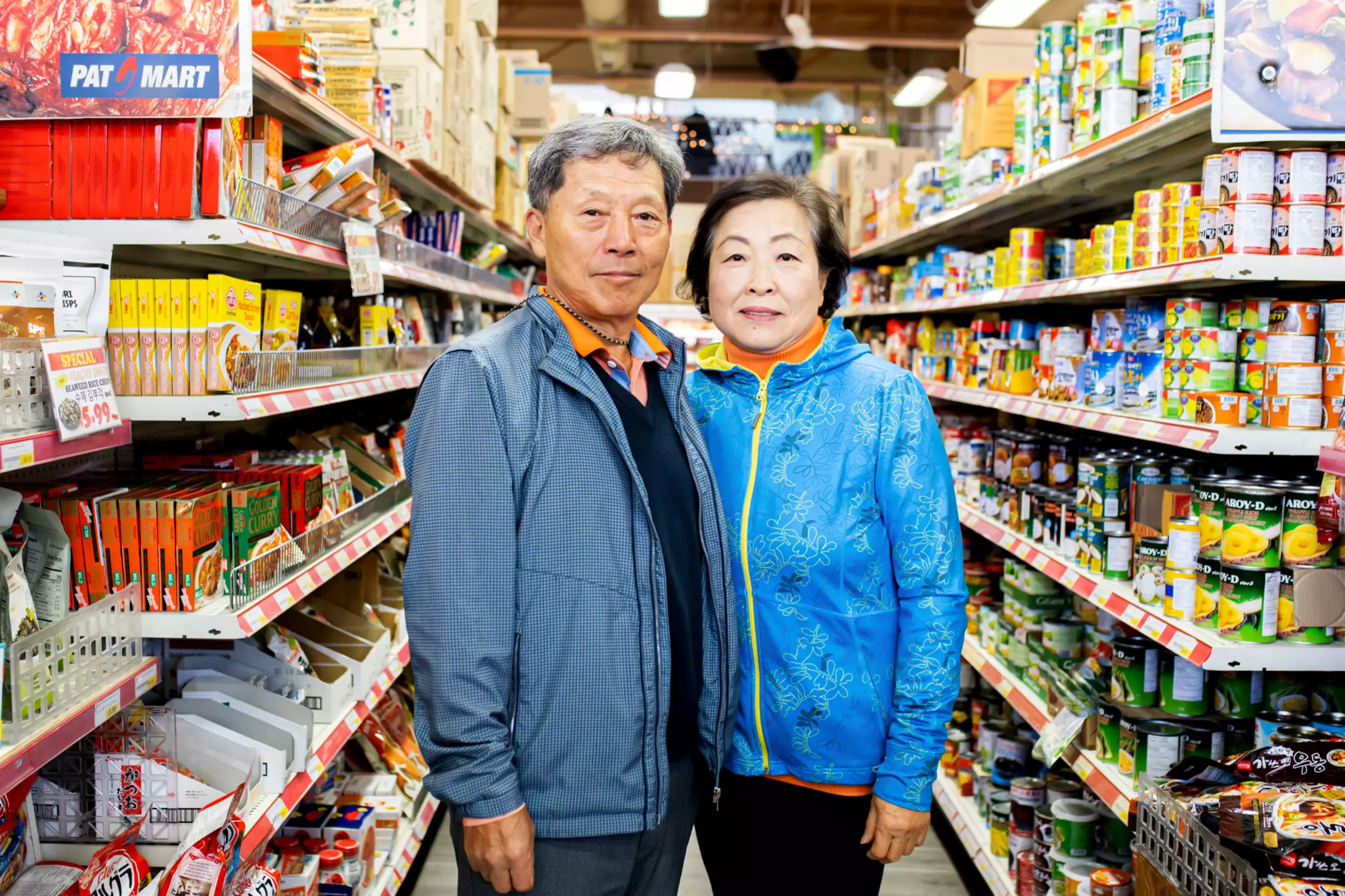Open Wednesday to Saturday, 12 p.m. to 6 p.m.
The Bomb Girls of Toronto
During World War II, a secret weapons factory in Scarborough employed mainly women.
Did you know that from 1942 to 1945, a plant located in what was then rural Scarborough, employed mainly women and secretly produced the largest quantity of munitions (military weapons, ammunition, equipment, and stores) during World War II?

Sitting on 346 acres of land expropriated by King George, the fuze-filling plant secretly referred to as, “Project-24” was operated by Toronto company GECO (General Engineering Company). The plant consisted of 172 buildings, including a bank and daycare facilities and was located south of Eglinton Rd. between Warden Ave. & Sinnott Rd.

As the war overseas intensified and more men were enlisted in the military, the Canadian government recruited women to help out in the war effort back home. Factory roles that were traditionally considered men’s work, now needed to be taken on by women. In order for a chance at victory, an endless amount of ammunition needed to be supplied.
Women from the ages of 17 to 70, which included newcomers from countries like Nigeria, Greece, China, and Syria worked tirelessly and around the clock to keep up with the demand for ammunition. They would work on heavy machinery, handle gunpowder and explosives, including pouring TNT into shells. The plant itself would operate 24-hours a day, 6 days a week, and during its lifetime saw more than 256 million munitions filled.
“In a 2015 interview, ‘Bomb Girls’ author Barbara Dickson told the Beach Mirror, “These women played a key role in helping to win the war, and they’re truly unsung heroes. It is important to let our country know about these people and their contributions, and why we enjoy the freedom we have today in Canada.”
After the war ended, the GECO facility was able to find another use. Rather than razing the 172 buildings, the Canadian Government turned them over to the City. Many buildings became postwar emergency housing, accommodating upwards of 6,000 residents. The facility would become a catalyst to the development of Scarborough, with many people, including factory workers, settling in that area.
Explore More
There are vibrant hues hiding in unexpected places around the
A Taste of Beekeeping in Toronto
Learn about urban beekeeping, the city's honeybee population, and partake
Share this Article
Explore More
Content
Urban Colour & Natural Dyes Workshop
There are vibrant hues hiding in unexpected places around the city! Learn the art of creating dyes with the Contemporary Textile Studio Co-Op
A Taste of Beekeeping in Toronto
Learn about urban beekeeping, the city's honeybee population, and partake in a honey tasting!
Conversations on Toronto’s Don River Redevelopment
What is the future of Toronto's iconic Don River?
Mushrooming, Foraging & Native Pollinator Gardens in Toronto
Uncover how Toronto's unique world of plants and mushrooms is right at your fingertips
Untold Stories of Toronto’s Waterfront: A Talk with Author M. Jane Fairburn
A unique talk that invites you to rediscover the past, present and future of life along Toronto's waterfront.
Urban Forest Bathing: A Guided Meditation Session
Come downtown to discover nature blooming through the concrete! Join us for an urban forest bathing experience.
Myseum of Toronto Changes Its Name to ‘Museum of Toronto’
Myseum of Toronto Changes Its Name to ‘Museum of Toronto’ The Museum of Toronto is Toronto’s City Museum Toronto, ON (April 2, 2024) Today, Myseum of Toronto announced it will
Protected: TGW Preview
There is no excerpt because this is a protected post.
Press Releases and Media
Press Releases and Media Museum of Toronto Recent Press Releases Find Usin the News
PAT Market: A Torontonian Grocer and Koreatown Staple
As a landmark independent grocery store, PAT continues to bring Torontonians together over a love for food and a commitment to serve their local community.










